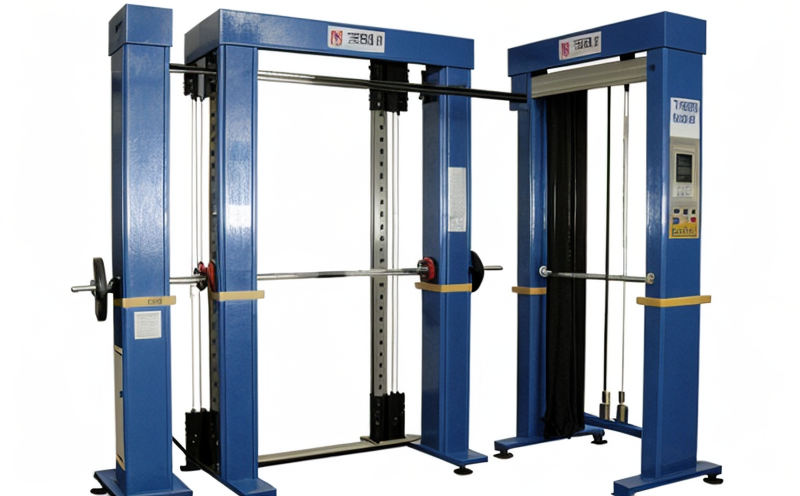GB T 4668 Determination of fabric construction woven fabrics
The GB/T 4668 standard specifies a method for determining the fabric construction of woven fabrics, which is crucial in ensuring quality and consistency across textile products. This test is particularly important for manufacturers who need to verify that their products meet specified standards.
Woven fabrics are characterized by the way the warp (lengthwise threads) and filling (crosswise threads) interlace with each other. Understanding this construction helps in assessing the fabric's durability, flexibility, and overall performance. The GB/T 4668 test provides a detailed breakdown of how these threads interact to form the final product.
During the testing process, samples are prepared according to specified dimensions and then subjected to visual inspection and measurement using specialized tools such as magnifying glasses, rulers, and micrometers. The results help in categorizing fabrics based on their construction type, which can be plain, twill, or satin weave.
Textile manufacturers use this information not only for internal quality control but also to ensure compliance with international standards. For instance, the test findings are essential when exporting products to markets that have stringent textile regulations. The GB/T 4668 standard ensures consistency and reliability in fabric construction, which is vital for maintaining brand reputation.
For those involved in product development, understanding the fabric's weave pattern can significantly impact design choices. For example, a plain weave may be preferred for its simplicity and durability, while a satin weave might be chosen for its luxurious feel. By adhering to GB/T 4668, companies can ensure their products meet these expectations consistently.
In addition to quality assurance, the test results are also valuable in procurement processes. Suppliers need to provide fabrics that meet specific construction requirements, and GB/T 4668 ensures that they do so accurately. This standard helps in maintaining a transparent supply chain where both buyers and sellers have confidence in the integrity of the products.
| Aspect | Description |
|---|---|
| Preparation of Samples | Specified dimensions and conditions for sample preparation. |
| Visual Inspection | Inspection criteria for identifying fabric construction. |
| Micrometric Measurement | Use of micrometers to measure thread counts and dimensions accurately. |
Scope and Methodology
- Preparation of fabric samples in accordance with specified dimensions and conditions.
- Visual inspection to identify the weave pattern accurately.
- Micrometric measurement for determining thread counts and dimensions.
- Categorization based on plain, twill, or satin weave.
Eurolab Advantages
EuroLab offers state-of-the-art facilities equipped with the latest technology to perform GB/T 4668 tests accurately and efficiently. Our experienced technicians ensure that every sample is prepared and analyzed according to international standards, providing reliable results.
Our comprehensive quality management system guarantees consistent testing across all projects. This ensures that customers receive accurate and repeatable test results, which are crucial for maintaining product quality and meeting regulatory requirements.
EuroLab's commitment to excellence is reflected in our ability to provide quick turnaround times without compromising on accuracy. We understand the importance of timely results for businesses operating in fast-paced industries, allowing them to make informed decisions promptly.
We also offer additional services such as consultation and training to help clients understand the implications of their test results. Our experts can guide you through the process, ensuring that you leverage the information effectively for your business needs.
Environmental and Sustainability Contributions
- EuroLab adheres to strict environmental practices in all its operations, minimizing waste and energy consumption.
- We use eco-friendly materials for sample preparation whenever possible.
- Our testing processes are designed to minimize the impact on natural resources.
- Educating our clients about sustainable practices through consultation and training.





